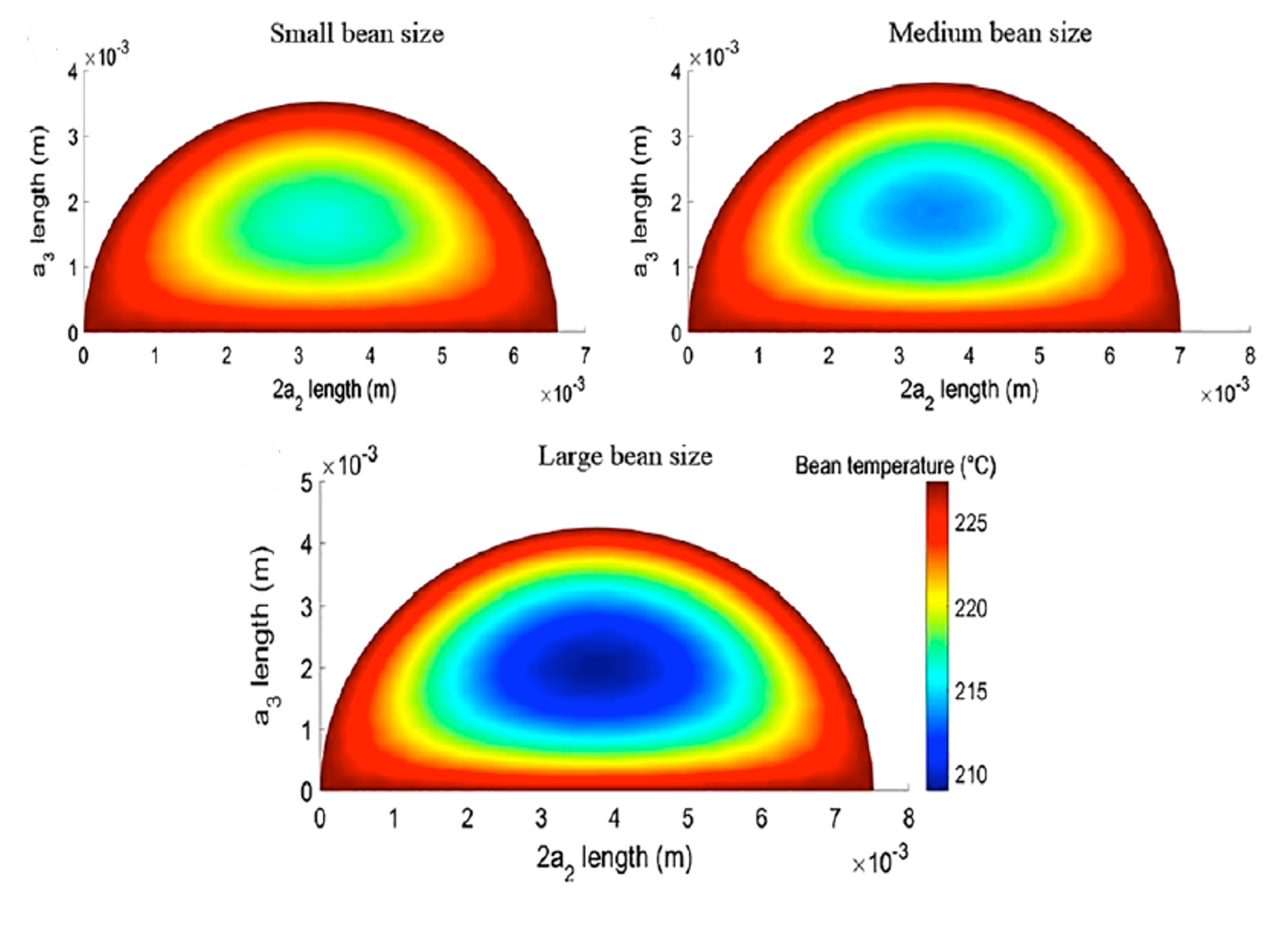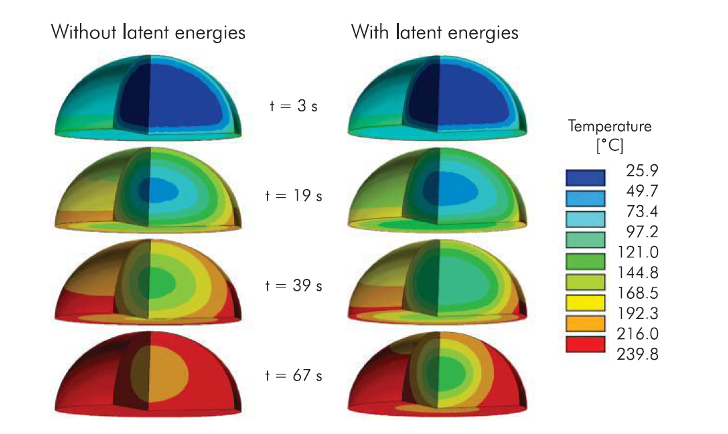Roasting changes the chemical, physical, structural and sensorial properties of the green beans by heat-induced reactions.

Roasting is a crucial stage in coffee transformation from an unrecognizable as ‘coffee’ green bean to the roasted brown form that can be brewed to give us the beautiful beverage we enjoy. Roasting changes the chemical, physical, structural and sensorial properties of the green beans by heat-induced reactions.
The first stage of roasting is characterized by temperature gradient inconsistencies. The temperature gradient is the difference between the surface and inner bean temperatures. The goal is to decrease this gradient during the roast. It sounds easy to achieve the minimum difference with time but control is another matter. It is essential to know how heat transfer impacts the rate of decline in temperature gradients
As heat is applied, energy is absorbed in an endothermic reaction that evaporates water. It requires latent energy (which is defined as the amount of energy necessary to lead a physical stage change of the water – and it happens at a constant temperature). The physical structure and size of the bean affects the temperature gradient as seen in image 1.
The coffee beans shape is a half ellipsoid. The heat transfer model shown in the second image highlights the delay in increasing the temperature over the beans layers because of the latent energy. This situation happens because the water combined with the high inner pressure takes more time to evaporate.
If you look at the third image, you will see these differences in the core, middle, and surface temperatures. At the beginning of the roast, the difference can be around 70oC. However, it changes with time, and when you smartly use your heat transfers it decreases until the first crack because after the first crack, we have more exothermic than endothermic reactions. After that, the bean is full of energy!
Heat transfer during roasting defines the kinetics of aroma production. With too high an early temperature, the gradient can result in scorching and tipping the outside of the coffee bean, while the inner temperature is too low to cause the evaporative effect. Coffee is not fillet steak so medium rare is not ideal. This ’tipping and/or scorching’ roast defect negatively impacts the flavour profile. The key takeaway here is that each coffee type will react differently based on its unique physico- chemical properties. To understand these properties and how to manage them, join the course Chemistry of Roasting.



Image 1 Abdul Ghani et. al., 2019; Images 2 and 3 Illy & Viani, 2005.
Author:
Accedi per lasciare un commento
Become part of a global community of coffee professionals. Access courses and be the first to hear about news, research and events from across the coffee world.
Iscriviti
© 2024 Coffee Knowledge Hub
Simonelli Group SpA
Via Emilio Betti, 1, 62020
Belforte del Chienti MC
P.IVA 01951160439
VAT n. 01951160439
info@coffeeknowledgehub.com

This website utilises cookies to enable necessary site functionality such as logging you in to your account. By remaining on this website you indicate your consent as outlined in our Cookie Policy.